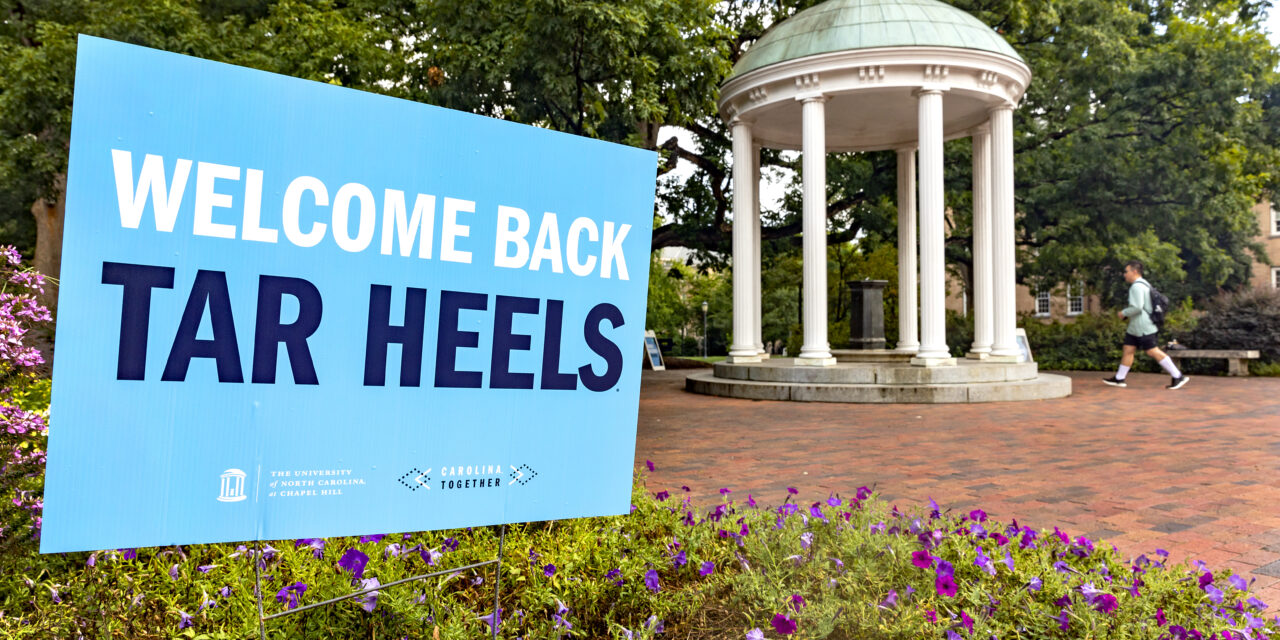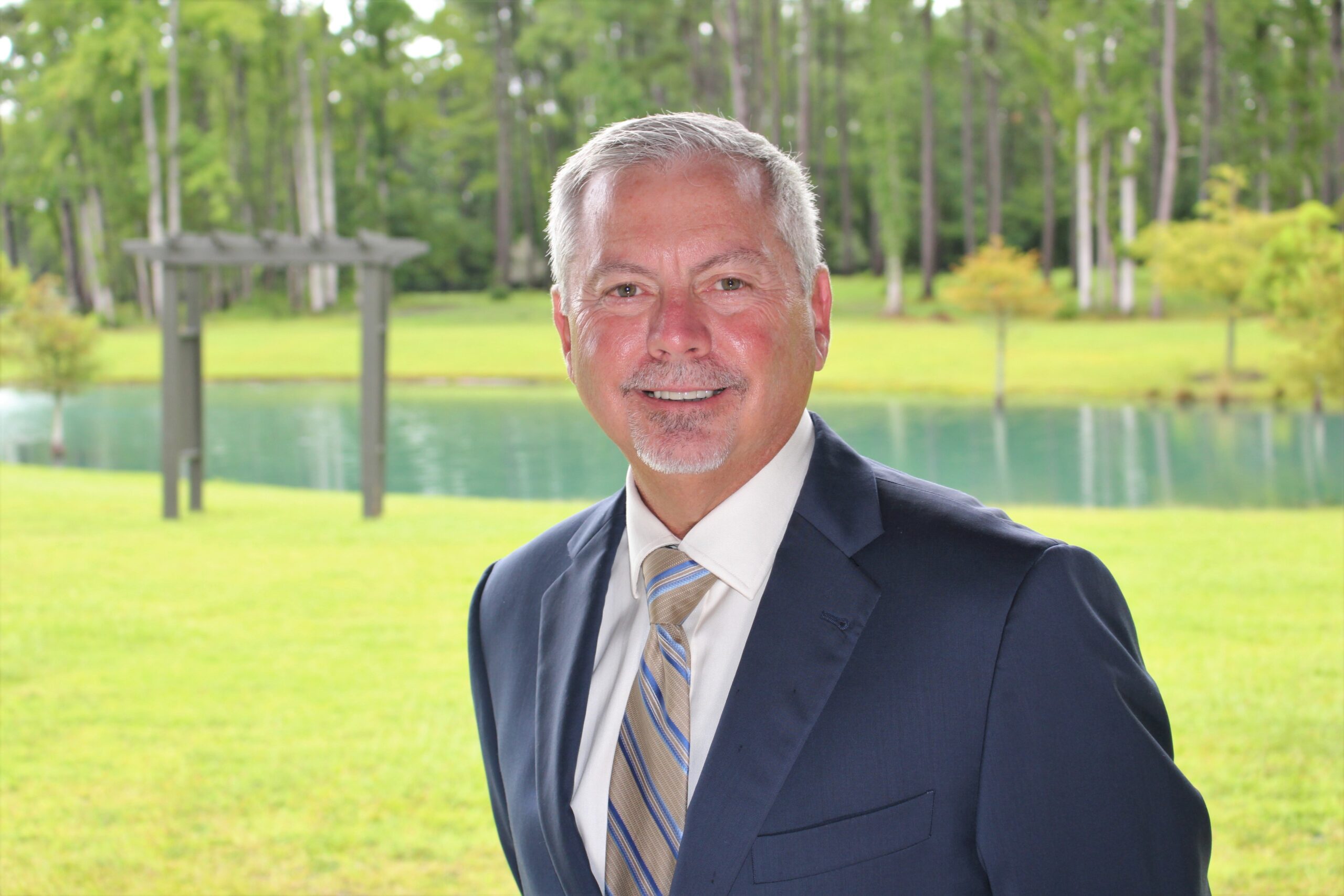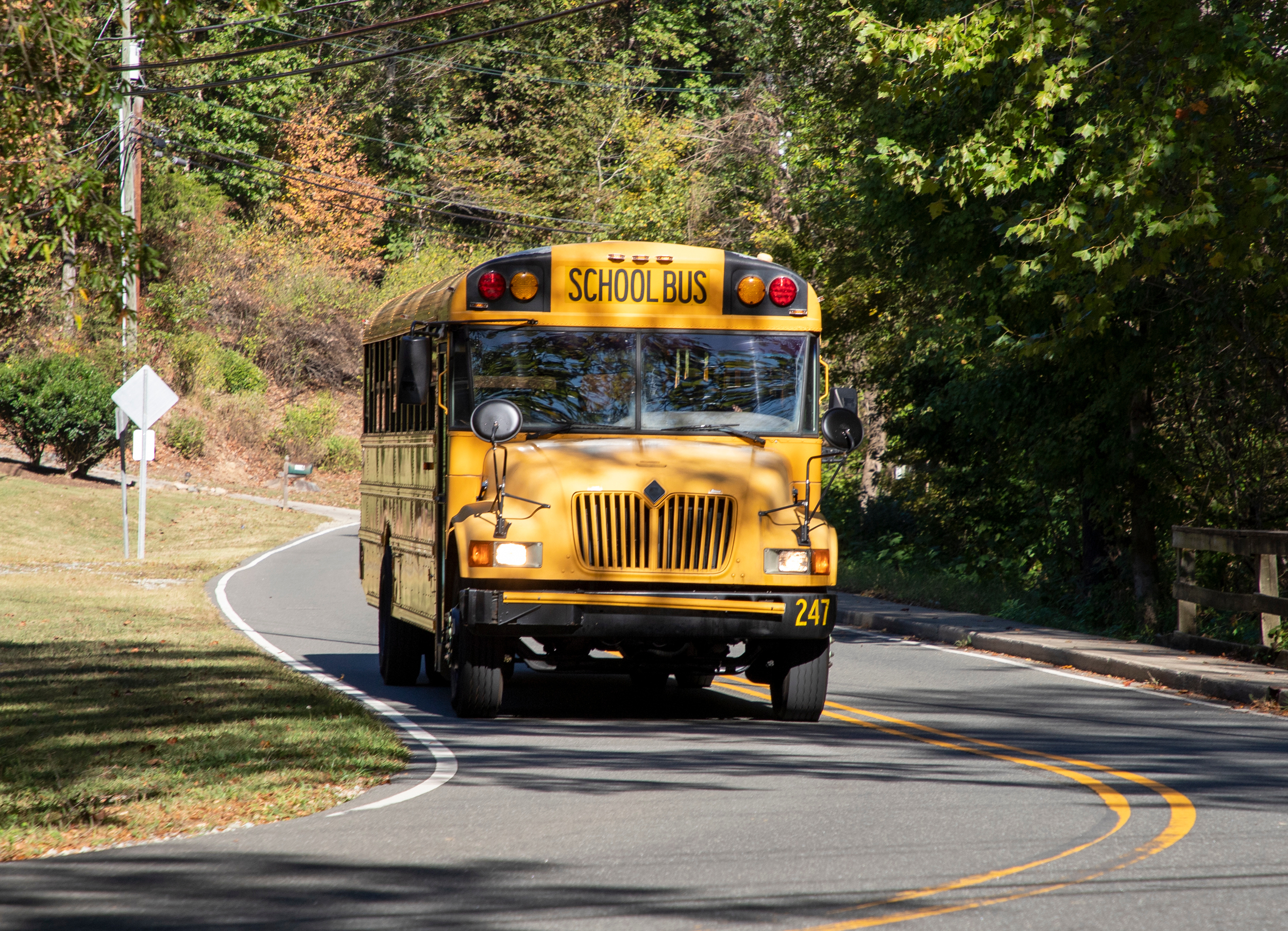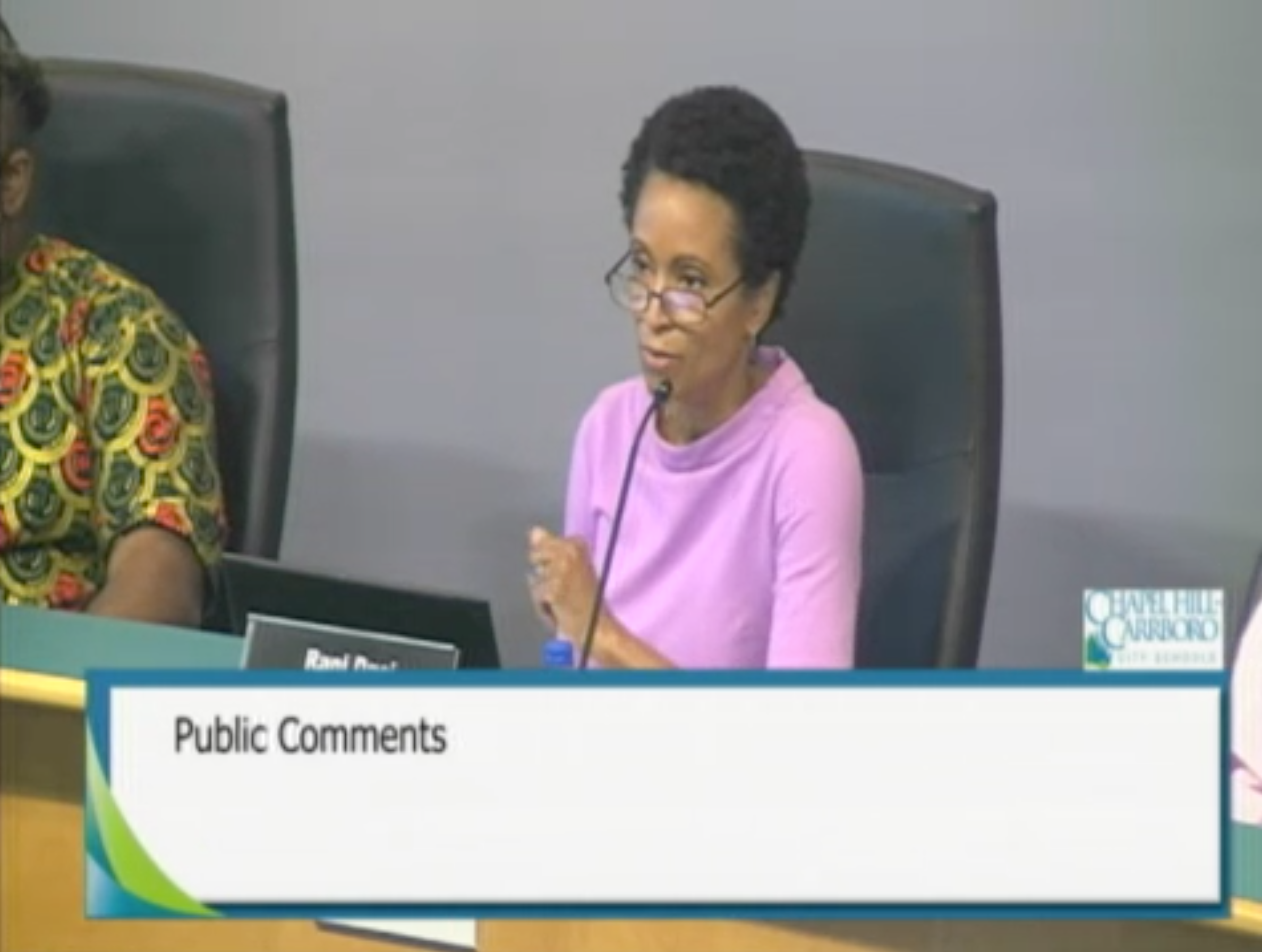To reflect on the year, Chapelboro.com is re-publishing some of the top stories that impacted and defined our community’s experience in 2021. These stories and topics affected Chapel Hill, Carrboro and the rest of our region.
After more than a year of virtual learning, students of all ages returned to the classroom this year. Orange County’s return to in-person education came with debates about best COVID-19 safety practices and how to navigate the readjustment — for both public health and mental health.
From pre-school to college, students across Orange County returned to the classroom this year. It was an anxiously awaited return for parents, teachers and children alike.
In early March, the North Carolina Department of Health and Human Services urged K-12 public schools to return to in-person learning to “the fullest extent possible.” NCDHHS guidelines encouraged schools to offer in-person learning to the highest extent while following health protocol and allowing higher-risk students to opt for remote learning.
Orange County Schools saw many of its students return to the classroom in March, after running a hybrid model for kindergarten and first graders. The Board of Education had originally planned for students to return in April, but after the North Carolina General Assembly amended Senate Bill 37, the district moved up welcoming back its students.
Senate Bill 37 required K-12 public schools to reopen with at least a partial in-person option.
Grades 2-12 students began returning to classrooms in two cohorts, the groups rotated weeks between receiving in-person instruction and remote, with Fridays used as asynchronous learning days. Cohort A received in-person instruction beginning on March 8, while Cohort B returned to classrooms on March 15.
Chapel Hill-Carrboro City Schools also returned to in-person learning ahead of its original schedule. Following guidance from the state health department and State Board of Education, the district moved up its timeline to return in March instead of April.
Guidance from the state health department suggested it was safe to return to in-person learning if the area of the school had a 5 percent positivity rate. In March 2021, Orange County had a positivity rate of 0.9 percent.
CHCCS originally used a hybrid model with different cohorts of students coming to campus on different days of the week. Some students attended Monday and Tuesday while others attended Thursday and Friday. Wednesday was used as a cleaning day for all district buildings.
At the college level, UNC has only been in-person since the start of the fall semester, which began in August. The Carolina community returned to campus amid the emergence of the delta variant. Despite a faculty petition to continue remote learning, students and staff returned to the classroom for the first day of classes.
In the first week of the fall semester 93 students and 35 employees tested positive for COVID-19, according to the Carolina Together Testing Program. Students who did not self-report or submit proof of vaccination for COVID-19 were required to complete a COVID test at a Carolina Together testing site within 24 hours of arrival to campus.
Along with faculty, students also raised concerns about the lack of a vaccine mandate on campus. The university and the UNC System did not institute a vaccine mandate because the authority to do so came from the North Carolina Commission for Public Health. UNC said more than 90 percent of students were vaccinated in the fall semester.
While the return to the classroom was long anticipated, the readjustment also came with an extreme mental health toll. Both OCS and CHCCS cited the need for a mental health break as the reason for taking the whole week off for Thanksgiving this fall, with CHCCS announcing it plans to work additional mental health days into the academic calendar in the future.
The mental health toll was especially evident at UNC. Over the course of the semester, three students died by suicide on campus. The campus took a wellness day on October 12 to grieve the lives lost and and address the mental health crisis.
In the wake of the UNC tragedies, CHCCS started initiatives to expand mental health services for students and staff. The CHCCS Board of Education is developing a school-based mental health plan to include a mental health training program and suicide risk referral protocols.
UNC also hosted a mental health summit in November to address concerns from the campus community. The day-long virtual event heard feedback and considered solutions to the mental health issues at UNC.
During the summit , faculty members also called for salary increases and more flexible work schedules. They also asked to be included in student wellness days and be allowed sick leave for mental health.
As of October 25, the university entered a partnership with Uwill to provide teletherapy to students. This pilot program will expand counseling services to times beyond when CAPS is typically open with the hopes of creating more accessible care and eliminating the waitlist.
In October, The UNC System announced funding grants for several mental health initiatives, not just at the Chapel Hill campus, but also 11 other institutions. The system awarded more than $980,000 in total to the schools aiming to “increase behavioral health capacity and strengthen mental health resources.”
Featured image via Johnny Andrews/UNC-Chapel Hill
Chapelboro.com does not charge subscription fees. You can support local journalism and our mission to serve the community. Contribute today – every single dollar matters.









